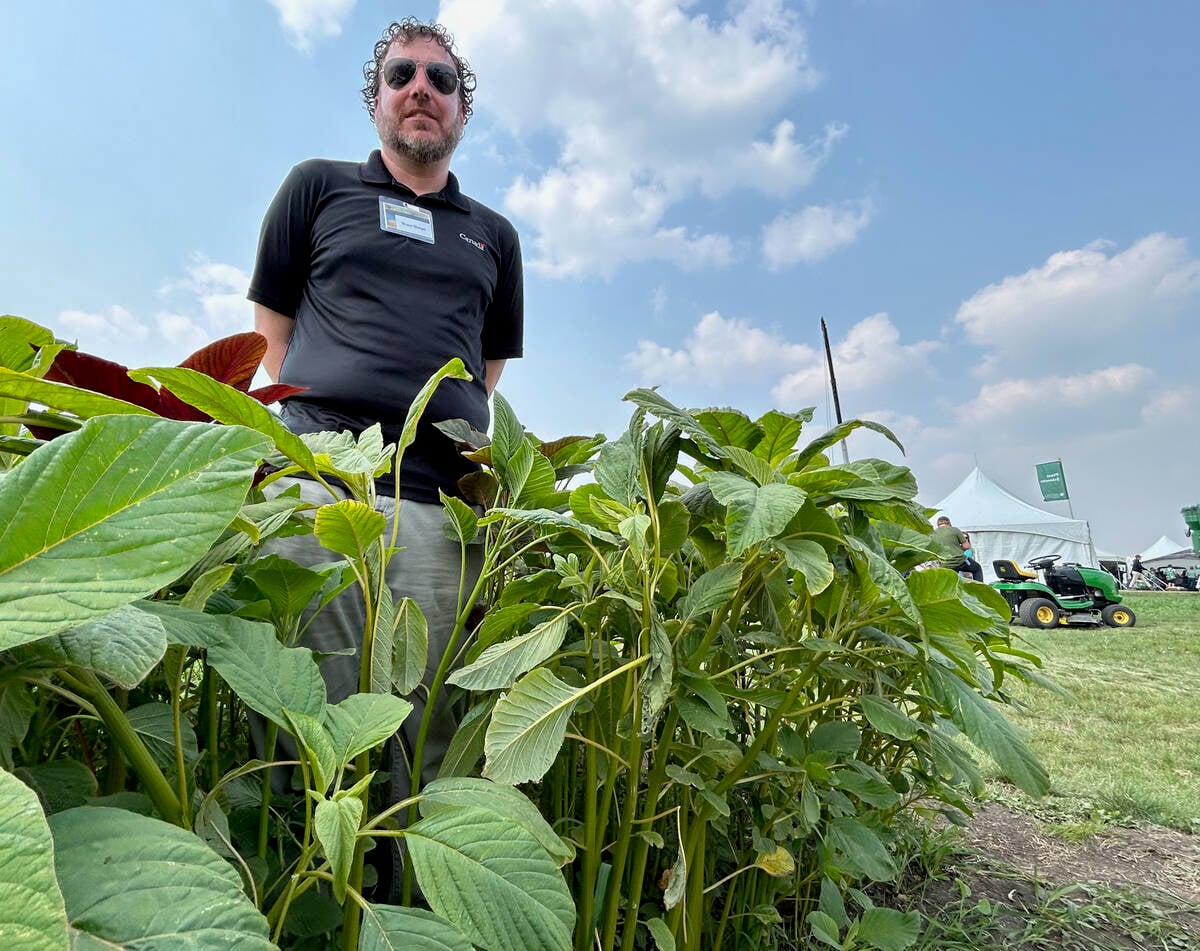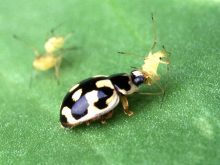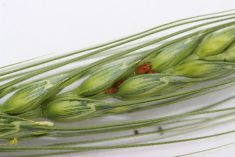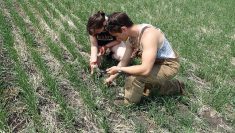Every year provincial entomologists hit the fields, setting pheromone-baited traps and monitoring insect activity. Your help with these projects could improve the information available in your region.
Alberta
Alberta Agriculture and Forestry insect management specialist Scott Meers relies on growers. “We have large areas to cover, so when we get input from growers and agronomists from across the province then we get much better coverage and much better surveys,” Meers said.
And growers get something too: details about their own fields, especially those who work with entomologists year after year.
Read Also

Glufosinate-resistant waterhemp appears in U.S. Midwest
News of glufosinate-resistant kochia in the U.S. is concerning as farmers are losing options to control waterhemp, also of the pigweed family.
This year Meers is looking to widen his coverage for bertha armyworm, particularly in the Peace River region. “We feel we’ve been underrepresented up there,” he said.
- Read more: A new species of midge lands on the Prairies
“We have reporting tools for cabbage seedpod weevil and for cutworms,” he continued. “We’d really like agronomists to participate more by sharing numbers.”
For cabbage seedpod weevil, participants are needed in south central Alberta and southern Alberta. Cutworm survey participants are welcome from anywhere in the province. Meers is also looking for soybean fields to monitor.
To participate, contact Scott Meers at: [email protected].
Saskatchewan
The provincial insect and vertebrate pest specialist in Saskatchewan is Scott Hartley. Every year Hartley conducts a variety of insect surveys throughout the province. “It is primarily the bertha armyworm pheromone trapping where we require grower cooperators during June and July,” Hartley said. “This is the only ‘real time’ survey during the growing season.”
Interested parties should contact Danielle Stephens at [email protected].
Manitoba
Manitoba Agriculture entomologist John Gavloski is always grateful when growers offer their assistance.
Most of Gavloski’s insect surveys are done to forecast later risks. These surveys include diamondback moth, bertha armyworm, and grasshoppers. “These trap or insect counts cannot be used to make decisions regarding insecticide applications,” Gavloski said, “but when higher levels of these insects occur in the surveys, farmers and agronomists should give extra priority to scouting for potentially damaging stages at a later date.”
As an example, Gavloski described pheromone trapping bertha armyworm in canola. The pheromone bait is used to lure in male moths, he said, but these are not the damaging stage of this potential pest. “It is the larvae, present in later July and into August that potentially can be damaging,” he said. “So trap counts are only meant to encourage scouting for larvae later in the season if needed, not to suggest that insecticides are needed.”
Furthermore, fields that have high levels of moths in the traps may not actually have high levels of larvae. Traps attract the male moths. In the case of bertha armyworm, the crop stage at the time of egg laying can be important in how attractive the field is for female moths and how many eggs are laid. It is not uncommon for fields with high trap counts to have low levels of larvae. Neighboring fields can end up with very different levels of larvae.
This year, Gavloski is involved in three projects where grower assistance could help.
The first involves cereal leaf beetle. While it is a potential pest, a parasitic wasp can help keep it below economic levels. “We have annually been monitoring where new populations of cereal leaf beetle are showing up,” said Gavloski. If there are no parasitoids established in the population, Gavloski will release some. Gavloski asks growers to contact him directly if they notice cereal leaf beetle larvae or feeding damage.
The second project looks at flea beetles in canola, and their predators and parasitoids. “We need canola fields for these studies,” Gavloski said. “Ideally, within about a 90-minute drive from Winnipeg.”
Finally, Gavloski is looking for cereal fields where aphids can be counted starting in June. Gavloski and his team will look for predators and parasitoids that eat aphids, to establish an economic threshold for aphids in cereal crops that also accounts for their natural enemies.
















